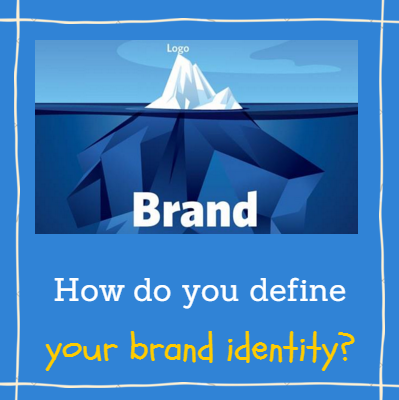The consumer brands embracing technology experience is undergoing a critical evolution, and it has clearly upended the retail industry. In half of 2017 alone, there have been 14 retail bankruptcies–almost as many as in all of 2016. Other companies, such as J.C. Penney, Macy’s, and Sears, have announced massive store closures.
While putting together Firebrand Group’s Future of Artificial Intelligence report for our clients (you can get an excerpt, focused on retail innovation, here), my team and I reviewed nearly 100 brands engaging in some form of retail innovation. Here are four best-in-class examples to learn from:
Starbucks already allows people to order remotely and go into their retail locations to pick up drinks, and is presently deploying an A.I. assistant into their app. Called My Starbucks Barista, the feature will allow users to place orders with one tap of a button, then speak to a virtual barista. The bot then communicates with a nearby store, which makes the drink.
What’s impressive about My Starbucks Barista is that it isn’t smoke and mirrors; there’s some actual intelligence at work.
“It is not a single algorithm that’s used across the entire population,” explains Starbucks executive vice president and chief technology officer Gerri Martin-Flickinger. “It’s actually a data-driven A.I. algorithm based on your own preferences, your own behavior, as well as behaviors that we’re trying to drive.”
This initiative should increase remote ordering, which already allows consumers to bypass long lines to the cash register. Smartphone payments already make up 25 percent of Starbucks’s transactions in the U.S. Roughly two in three of Starbucks’s loyalty program members–8 million in total–use the Starbucks app to pay for coffee a minimum of once per month.
One-third of those individuals order beforehand to skip the line. If Starbucks can use A.I. to get more of those efficient orders into its systems to skip the lines, that raises employee productivity, lowers costs, and improves the bottom line for investors.
Lowe’s
The home improvement retailer is proactively trying to figure out the future of retail–in fact, it has been testing store-mapping robots for two years now. Its LoweBots, designed to help customers find what they need in the store, will be debuting very shortly in 11 stores in the Bay Area.
Each LoweBot employs natural-language processing to help customers find what they’re looking for. Customers can approach the LoweBot and ask for its assistance, either verbally or by typing on a touch screen. Additionally, LoweBots are equipped with 3-D scanners, so that if a person is, say, idling next to the cabinet fixtures section, it can approach and offer assistance. Once the bot knows what the customer is looking for, it then guides them towards the item in question, using smart laser sensors to navigate.
Not only are the LoweBots helping with customer service, they’re also helping Lowe’s employees keep their shelves stocked. As a LoweBot goes down an aisle, its scanners are examining the shelves and sending information on inventory to employees, allowing them to restock immediately instead of waiting until a customer points out an empty shelf.
Amazon
Amazon Go, the company’s fully automated grocery store, is a great example of A.I. implementation in a standard retail model–and one of the most exciting examples in our Future of Artificial Intelligence & Retail report, if I’m playing favorites.
Amazon Go is equipped with sensors that track customers’ movements as they pick up items off the shelves. The items are then added to a virtual cart on the Amazon Go app and charged to the customer’s account once they have left the store. All of this is facilitated by the use of deep learning, sensor fusion, and computer vision. Sure, there’s only one Amazon Go location (it’s in Seattle), but its success could lead to the opening of 2,000 other stores, all utilizing the same groundbreaking technology.
Amazon Go is a great example of how technology should be used to fit the needs of the specific retailer. Generally speaking, the amount of interaction in a grocery store is minimal: The only time most people interact with staff is at the checkout line. The store layout is also fairly easy to navigate: Amazon was able to use A.I. without changing the layout of the store, preserving all the elements that might push someone to make an impulse purchase.
Cosabella
Lingerie brand Cosabella used Emarsys, an A.I.-enabled marketing automation platform, to spur conversion growth, customer acquisition, and customer engagement. The retailer began implementing Emarsys in October of 2016. Since then, the brand has doubled its email subscriber list, increasing email-driven revenues by 60 percent. Even the earliest results of Cosabella’s A.I. efforts have indicated that automation has the ability to drive online-to-offline sales.
Emarsys’ A.I.-driven discount personalization layer analyzes each recipient’s past behavior. In doing so, it determines who should receive discounts, and for how much. This way, companies like Cosabella can automatically align the incentives they offer with their overall marketing strategy, and improve their business results by getting away from the overspending caused by distributing blanket discounts.
What’s your favorite example of retail innovation? What brands are you learning from?








